The Power of Place
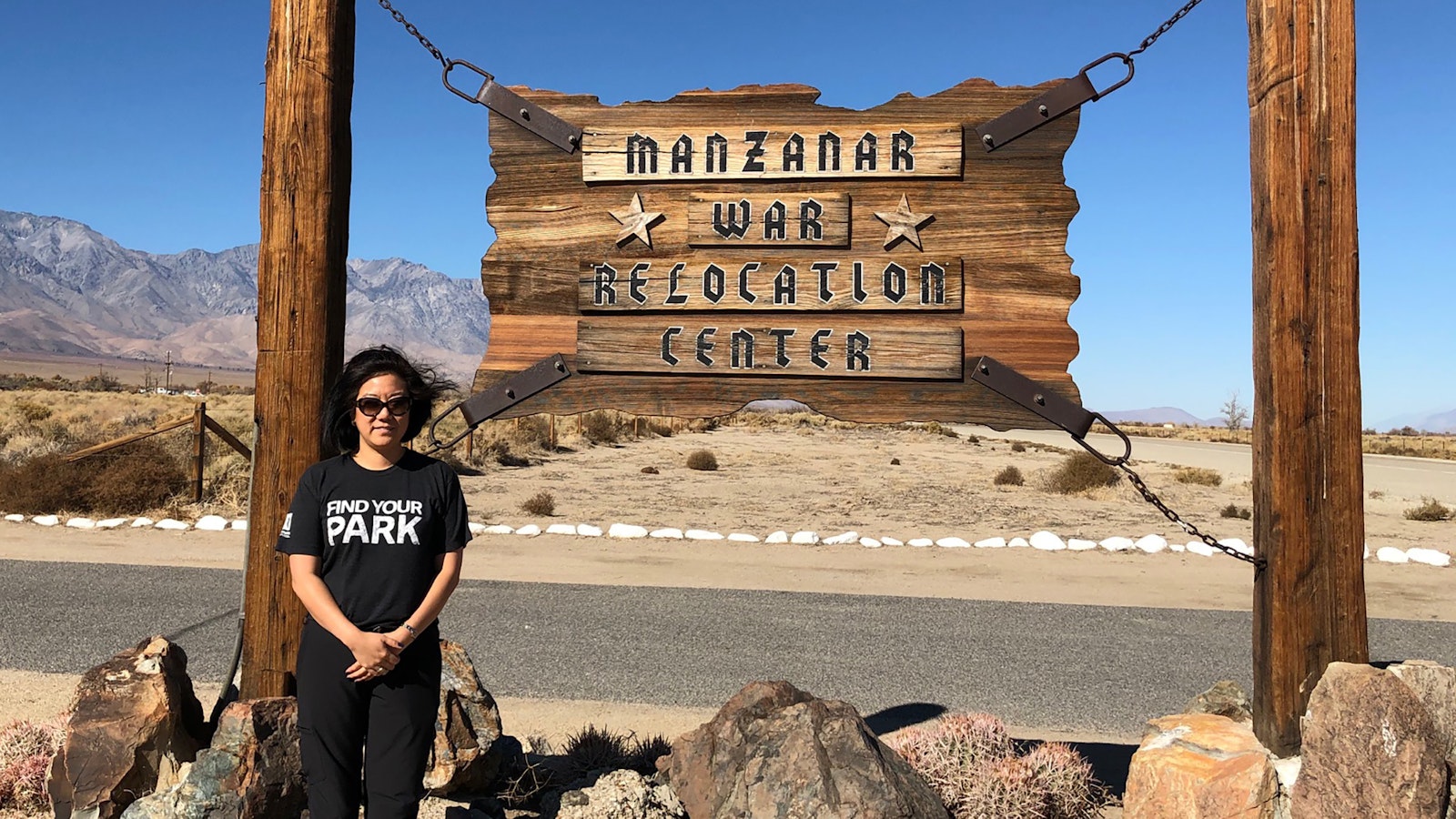
.
.
When Kim Hirose Tobe thinks back to her childhood, she fondly recalls standing along the water’s edge at Assateague Island National Seashore with her grandfather Jack "Poppy" Hirose and her sister.
Poppy would patiently guide her and her sister through the surf fishing motions. He not only taught them to fish, he also engendered within them a deep respect for wildlife as he explained how the sand dunes are a protective shield and why leaving no trace is so important. Kim says Poppy inspired her to live a more sustainable life.
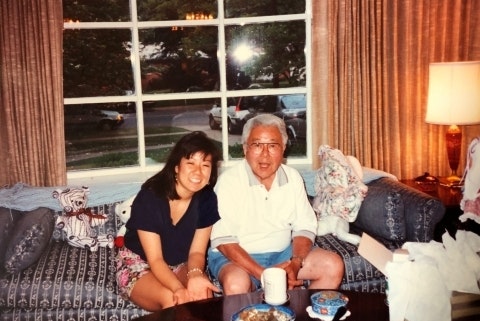
More recently, Kim was overcome with emotion as she stood in the exact same spot where her grandparents and their families were forced to live behind barbed wire. In 1942, during World War II, Kim's father's family was forced to leave their homes, schools, communities, and jobs in Los Angeles, CA. They, along with approximately 120,000 people of Japanese ancestry, were relocated and incarcerated. Kim’s relatives were among the approximately 10,000 individuals brought to Manzanar War Relocation Center in Independence, CA – which is now part of the National Park System as Manzanar National Historic Site.
Kim says she never felt more connected to her departed grandparents than in that moment at Manzanar.
As a senior director of corporate partnerships at the National Park Foundation (NPF), Kim brings these deep personal connections with her every day as she plays matchmaker among companies and national park priorities to help ensure the forever preservation of these important places and that current and future generations have rich and meaningful park experiences.
We could’ve listened to Kim’s stories for hours, walking down memory lane and thinking about the future of parks with her. We hope you’ll enjoy this glimpse into our conversation and maybe be inspired to share your own story with us in the comments below.
What do you personally love about national parks?
Spending time in a national park makes me feel alive and full of hope. From the epic vistas to the sound of the birds overhead to the smells of fresh pine trees to the feeling of a cool breeze across my face and warm sand between my toes – all my senses are heightened.
With more than 400 national parks, there are so many to choose from and many are readily accessible and are located close to urban areas. I am amazed that NPS manages the largest collection of museum artifacts – 120 million pieces that help illustrate the personal stories of our nation’s struggles and achievements. For me, visiting a historic or cultural site sparks questions, facilitates dialogue and helps expand my understanding of a different culture, time period, and perspective. I enjoy conversations with park rangers and education and interpretation staff as they are so welcoming, knowledgeable, and engaging as they respond to a wide variety of questions from the public. They help us connect with so many stories. One thing is for certain, I leave every park with precious memories including a better understanding of our collective history and a thirst to learn more.
What is your first memory of national parks?
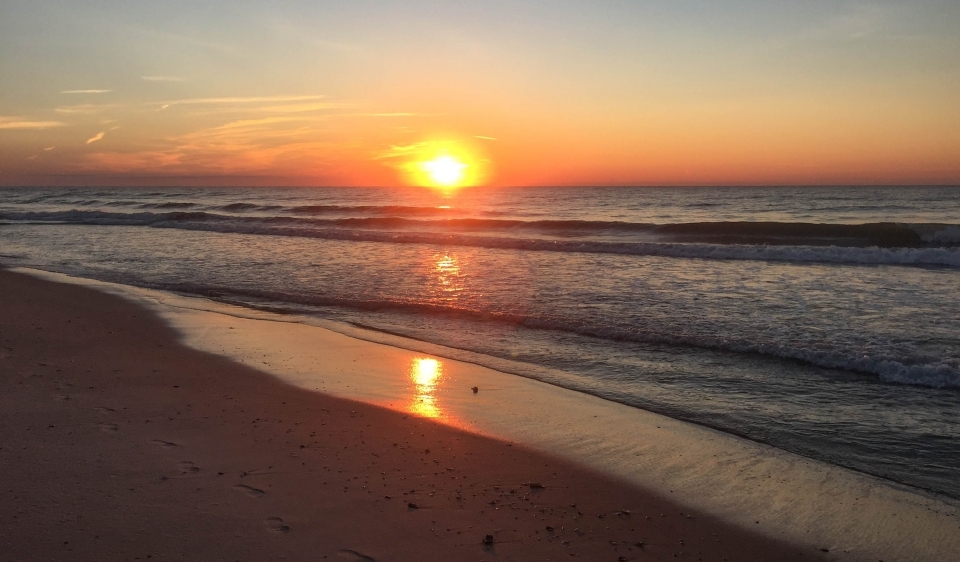
My grandfather “Poppy” was a fisherman in his younger years, and it was this love of fishing that attracted him to Assateague Island National Seashore. It became one of his favorite places and our family accompanied him on these excursions. Assateague Island is known for its pristine, undeveloped beaches. No boardwalks, no hotdog or ice cream stands, which meant that you had to pack your own picnic lunch and take home whatever you brought to the beach.
I remember having the entire beach to ourselves. My sister and I could run up and down the beach admiring all the seashells, doing cartwheels along the water’s edge, and flying a kite without disturbing anyone else.
We also learned how to fish. Patiently, Poppy would help us bait hooks, untangle lines, and explained how to feel for nibbling fish, which is not easy to detect when surf fishing. While fishing, my Poppy would also explain the important role sand dunes played in serving as a protective barrier against the wind and waves. Poppy taught us to respect wildlife and to not only pack everything out, but to also pick up refuse that others left behind. As it turned out, Poppy was teaching us about living a more sustainable life, and that experience initiated my lifelong commitment to the conservation of public lands and the protection of wildlife and natural habitats.
How are national parks and your personal story intertwined?
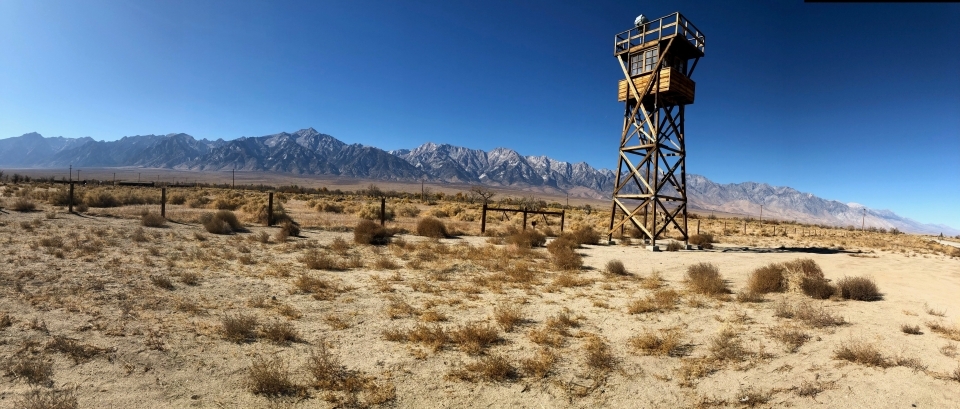
National parks help to tell the history of our country, which is connected to all our individual journeys.
I recently visited Manzanar National Historic Site and it connected me to my departed grandparents to a degree I never thought was possible.
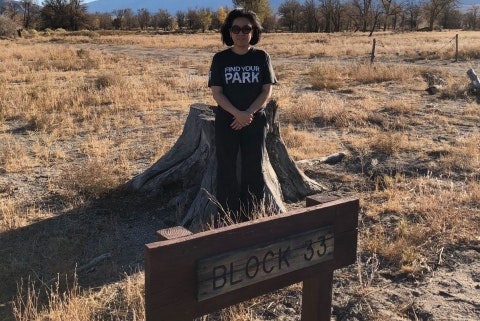
In 1942, during World War II, my father’s family was ordered to leave their homes, schools, communities, and jobs behind in Los Angeles, CA. They, along with about 10,000 other Japanese Americans, were relocated and incarcerated at Manzanar War Relocation Center, ironically located in a remote town called Independence, California.
Based on government records, I was able to locate where my grandmother Kinu Hirashima Hirose spent three and a half years of her life behind barbed wire. As I walked around Block #33, I found myself scanning the area looking for remnants of life inside the camp. Surprising to me, I did find remnants of tin cans, dishes and bottle caps as Manzanar is an active archaeological site. I shielded my eyes from the dust as strong winds blew through the camp. I stood in the afternoon sun looking in every direction trying to imagine what my grandparents and their families experienced by being uprooted and ordered to move to this cold, dusty, desolate place, just because of their ethnicity. I was experiencing a phenomenon known as the "power of place," as I deeply internalized the harsh weather, cramped quarters, and the general sense of uncertainty and anxiety about the future that I imagine they felt.
It reminds me of something former Secretary of the Interior Sally Jewell said, “There are chapters in our nation’s story, including painful lessons we have learned on our journey toward a ‘more perfect union,’ that have yet to be fully embraced and told. And those chapters can be best shared through places that memorialize our history for future generations, reflecting the rich diversity that is America’s greatest strength: engendering pride in all Americans.”
How do you honor your heritage through national parks?

I am fortunate to live in the Washington, D.C., region where I am surrounded by national memorials, monuments, and scenic parks that help me connect to the past and think about ways to help shape the future.
One place particularly special to me, my family, and the broader Japanese American community is the National Japanese American Memorial to Patriotism During World War II which is just a short walk from the U.S. Capitol. The memorial demonstrates the collective effort of over 20,000 people coming together to raise $14 million to purchase the land and pay for the construction of this symbolic place. The National Japanese American Memorial Foundation publicly dedicated the memorial in 2000 and then transferred ownership to the National Park Service in 2002.
The memorial honors the heroism of thousands of Japanese Americans soldiers who served despite the racism and intolerance they received from the public and government. It also helps to tell the story of the 120,000 people of Japanese ancestry who were unjustly incarcerated and were forced to sacrifice their homes, businesses, and ties to their community.
But most importantly, it also shows how our country can acknowledge wrongdoings and try to make amends. This is exemplified by President Ronald Reagan who when he signed the Civil Liberties Act of 1988 said, “Here we admit a wrong. Here we affirm our commitment to equal justice under the law.” This quote is etched into the granite of the memorial and whenever I view it, it reminds me of another quote by Dr. Martin Luther King, Jr. who said, "... the arc of the moral universe is long, but it bends towards justice."
What originally attracted you to NPF and what do you enjoy about being part of the NPF team?

In 2015, I remember receiving a call from a close friend and current colleague and hearing how excited she was to work for NPF because the organization was just launching the Find Your Park/Encuentra Tu Parque campaign with the National Park Service (NPS). I loved learning about the ingenuity of the Find Your Park campaign and how it served as a springboard to engage corporate brands to be part of the NPS Centennial celebration, an epic moment in our nation’s history. But what really attracted me to NPF was the unique collaboration of NPF’s corporate partnerships, marketing, and communications teams to collectively build awareness, engagement, and revenue to make an impact for our national parks.
The collaborative NPF culture combined with my personal passion for wildlife and land conservation makes it a dream job.
I’m also proud of NPF’s commitment to work with NPS, park partners, and the Japanese American community to help tell the stories of courage and sacrifice by Japanese Americans at Manzanar, Minidoka, Tule Lake, and other sites within the National Park System. Philanthropic support can help leverage federal funds to ensure that this chapter in our nation’s history is not forgotten and never repeated.
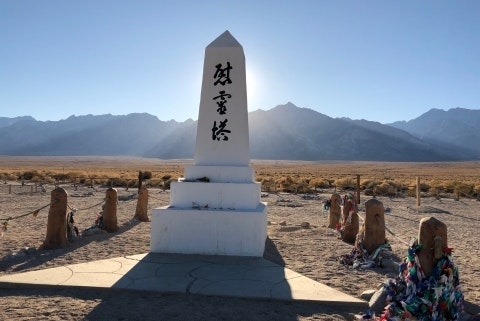
What I enjoy most about my role is the opportunity to cultivate relationships with corporations to uncover shared values and business objectives which protect and promote the parks. With my colleagues' support, I develop partnership concepts to build a mutually beneficial partnership that offers a brand the ability to align with the innovation, adventure, lifestyle, and sense of community that national parks have to offer.
In addition, NPF fosters creativity and innovation while offering each staff person the opportunity to grow professionally. I am proud be part of a national organization that works to protect important sites and connect new audiences to their rich stories, while expanding our appreciation of cultural differences as we strive for a more inclusive future.
I could not agree more with former Secretary of the Interior Sally Jewell when she said, “Each park site tells a unique story that, as preserved, help interpret our nation’s natural, cultural and historical past, present and, hopefully, our future. These treasures inspire us, put our lives in perspective and cause us to think about our place in the world.”
Why do you think it is so critical for people like you and I, and foundations and companies to work together to support national parks?
Our national parks face many challenges such as natural disasters, climate change, the depletion of natural resources as well as overcrowding during the busy seasons. It is imperative for the National Park Foundation and the network of park partners to motivate visitors, donors, foundations, and companies to take action by volunteering and donating in support of programs and initiatives that demonstrate environmental leadership, promote sustainable practices, and inspire innovative solutions. It is our responsibility as citizens to protect our country’s greatest collection of natural, historical, and cultural treasures for current and future generations to experience and enjoy.
As Kim so beautifully put it, “National parks help to tell the history of our country, which is connected to all our individual journeys.” We’re grateful to Kim for sharing her personal journey through national parks and we’d love to hear from you in the comments below about how your personal journey is intertwined with national parks too.
Kim Hirose Tobe is a senior director of corporate partnerships at National Park Foundation. In her role, she secures commitments from private companies (including Fortune 500 brands) to team up with NPF and support the mission of the NPS. Kim also has a marketing background having worked at Discovery Channel on projects such as Shark Week and Blue Planet. She is a life-long resident of Maryland and in her free time enjoys visiting her beloved Maryland Eastern Shore and experiencing the diversity of cultural, historical, and natural parks across the country.